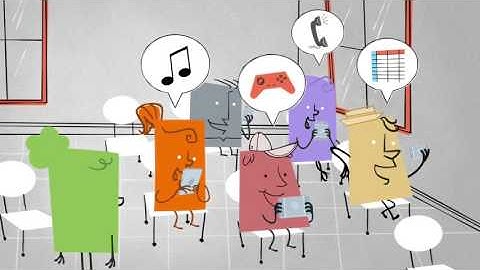Definitions of Terms Show This glossary provides definitions for a minimum number of terms that are considered essential to the discussion of Medication Incidents in the context of a Canadian medication incident reporting and prevention system today. Revisiting the selected definitions will be required periodically to align with national and international patient safety initiatives as they develop. Adverse Drug Event:Best Possible Medication History:
Cognitive Walkthrough:
Concerned Reporting:
Critical Incident:
Culture of Safety:
Dangerous Abbreviations, Symbols and Dose Designations:
Deprescribing:
Failure Mode and Effects Analysis (FMEA):
Handoff:
Harm:
Hierarchy of Intervention Effectiveness:
High-Alert Medications:
Human Factors Engineering:
Incident Analysis:
Incident Management:
Independent Double Check:
Long-Term Care:
Medication Incident:
Medication Management: Medication Reconciliation:
Medication Safety:
Near Miss or Close Call:
Never Event:
No Harm Event:
Opioid Stewardship:
Root Cause Analysis:
Safety:
System:
TALLman Lettering:
1Collaborating parties for the development and implementation of the Canadian Medication Incident Reporting and Prevention System (CMIRPS) are: Institute for Safe Medication Practices Canada, Canadian Institute for Health Information and Health Canada.  What term refers to freedom from accidental injury in a healthcare setting?They occur at least 72 hours after hospital admission. Which of the following terms refers to a measure of whether healthcare produced desired results? Clinical effectiveness. Which of the following terms refers to freedom from accidental injury in a healthcare setting? Patient safety.
What are the three criteria for evaluating healthcare systems quizlet?What is the criteria for evaluating health care systems?. expand access to affordable health insurance for those without coverage.. improve affordability of insurance for those who already have it.. slow the rise in health care costs for individuals, families and employers while not adding to the federal budget deficit.. What are the three criteria for evaluating health care systems?It is these three dimensions – efficiency, effectiveness (i.e. clinical impact, including safety and quality), and equity – that form the basis of the assessment framework carried out in this paper.
Which of the following is the oldest and largest healthcare accrediting organization?An independent, not-for-profit organization, The Joint Commission is the nation's oldest and largest standards-setting and accrediting body in health care.
|

zusammenhängende Posts
Werbung
NEUESTEN NACHRICHTEN
Wie lange hat der Vermieter Zeit die Kündigung zu bestätigen
1 Jahrs vor . durch EphemeralProceedingsWerbung
Populer
Werbung

Urheberrechte © © 2024 de.apacode Inc.


















